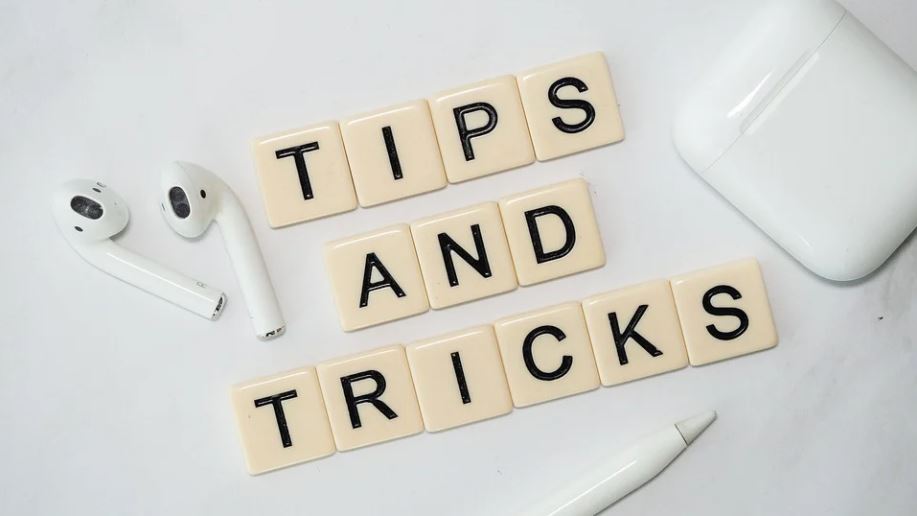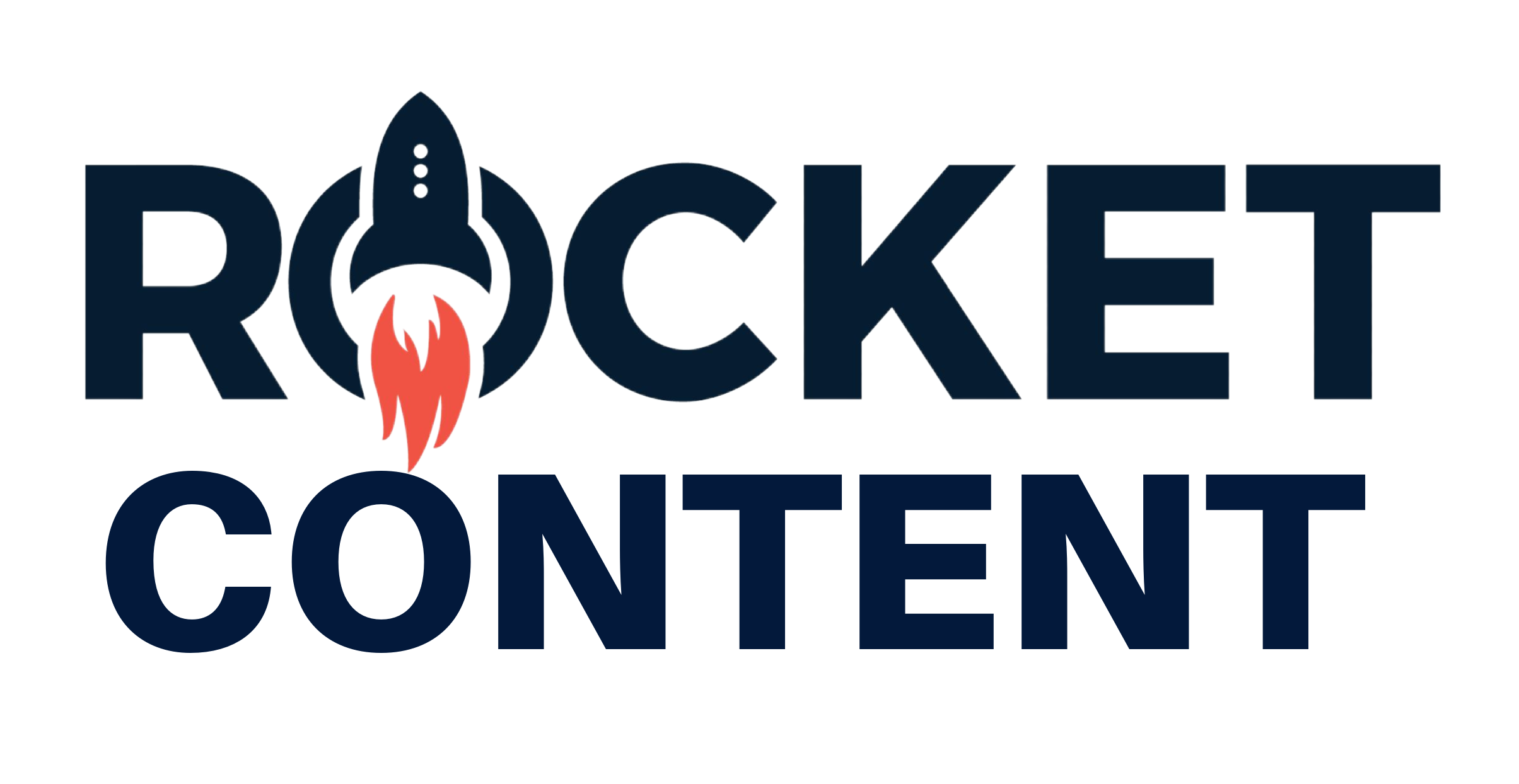What is the definition of copywriting?
Copywriting is the art of creating text that encourages readers to take action and buy your product. Copywriting is a must for all enterprises and agencies, as it is a fundamental part of implementing your digital marketing framework plans since it covers all of your channels. For example, regardless of whether you’re using search engine optimization (SEO), pay per click (PPC).
Your understanding of your target audience is the basis for a copy. For example, knowing what entices and how people talk can help you write successful content. Well-planned copywriting strategies may even convert casual consumers into devoted clients.
What is the definition of excellent copywriting?
It’s critical to have a clear writing style. It doesn’t go around the bush. A succinct yet thorough copywriting is required. Your thoughts should be organized, not disorganized, like a jumble of words. Copywriting that is organized may help your ideas stand out more clearly, making them easier to understand. Learn how to think outside the box
What makes a decent copy? Clicker bait titles and sensational captions may attract clicks, but they won’t build consumers out of your audience on their own. You must first understand what splendid copywriting entails before you can put our copywriting tips to good use.
Storytelling is important to the marketing industry. To be successful, choose the appropriate audience, and boost conversions, marketers must master the craft of telling a compelling tale. Do you require help to develop appealing content that will persuade your target audience to use your products? Here are some copywriting tips and methods for producing powerful material.
1. Take in a lot of knowledge by reading.
A good writer is first and foremost a voracious reader. Read everything you can get your hands on, both terrible and excellent, about copywriting examples. Knowing how to tell the difference between the two might help you improve your copywriting abilities. This is one among copywriting suggestions that aids in the development of a more discerning eye for
It’s also critical to know how different types of brands write their copy and how various sorts of advertising differ in the text. This writing advice can help you better comprehend the procedure by offering various viewpoints and voices.
2. Make sure it’s skimmable and readable.
Readers have a short attention span, so they may not read all of your content. Make sure your material is simple to skim to fulfill their demands and hold their attention. For every reader, the content becomes easier to comprehend and readable. Use various formatting techniques to divide your material and encourage people to stay on the page.
- Switch between different headings and subheadings to make things more organized.
- Format your content by underlining, italic, bold, and including color
- Numbered and bulleted lists should be used.
- Single line paragraphs are the most basic style of paragraphs.
3. Find out as much as possible about your competition.
Conduct research on the broad topic to create compelling content and improve conversions. To produce interesting material, you must first comprehend what you’re writing about. Consider the following:
- What distinguishes my services or products from those of my competitors?
- Are there any research studies or surveys that I can improve my material?
Mining for precious metals, for example, is a fantastic illustration. You must prospect, drill, dig, and explode huge rocks before detecting veins of your selected precious metal. After that, you must continue to scrape rock to unearth more items and gather sufficient metal to refine before selling.

Copywriting tips and tricks – image from pixabay by wiredsmartio
4. Learn to Write Empathetically with Copywriting Tips
An incredible tale aims to communicate with your audience’s language and solve their difficulties. Empathic copywriting begins with why before addressing the how and what. These words are used for analyzing industry rivals and customer comments. Make an effort to write a clear copy that tells a compelling narrative to your readers. This might turn them into paying clients.
Your copywriting should be stingy with words and filled with meaning. Get to the point and avoid using big words unless certain readers understand your material. Use a conversational tone and write as if you were talking to friends or colleagues in person.
Make your suggestions simple, direct, and to the point. Avoid using difficult phrases. Use a language that your audience can comprehend. Demonstrate your sincerity and helpfulness by illustrating it with examples. Avoid marketing jargon and wishy-washy sales talk; instead, be straightforward and honest.
5. Write with an active voice.
The active voice is one of the most important writing styles because it has the following characteristics: For example,
Trulink.io has published a new blog to assist you in improving your time management abilities.
The new Trulink.io blog is intended to assist you in better utilizing your time and learning more about web development.
The opening statement is simpler to comprehend and read. You may begin your active voice sentences with a verb. For example:
Improve your time management skills with our new blog post. Your conversation will be constant if you write in an active voice. It gives readers the impression that they’re having a one-on-one discussion with you.
Takeaways
Copywriting is an essential digital marketing notion. Expand your copywriting abilities and conduct research to distinguish between excellent and terrible copies.
Remove copy noise.
Another rabbit hole in copywriting is overstuffing your content with the belief that this will improve conversion rates. In reality, it has the exact reverse effect.
Another design principle known as Hick’s law, after the British psychologist who studied it, states that the more stimuli you put in front of a consumer, the less likely they are to carry out your desired action. So keep your page objectives simple and remove anything that doesn’t contribute to your copy. Make sure you have a clear aim in mind for your copy, unless you want your message to be all over the place and perplex your readers.
Align visual hierarchies with the document’s content order.
The visual and content hierarchy organizes your copy so that people don’t read it out of sequence. The most important message should always be at the top of the page since this is the first thing that visitors notice when a page loads.
Ensure that the copies you’re producing are interesting enough for readers to scroll and skim through the entire content. Directional cues like arrows, large text, or highlighted words are eye magnets that assist readers in gathering essential information.
Check…then double-check. Then again, check once more.
There’s nothing more aggravating than reading an article with numerous grammatical and spelling errors. Before publishing any copy, it is critical to perform basic proofreading and verification to avoid costly mistakes. Your company will appear unprofessional if you don’t pay attention to detail, and your readership will either stop reading your post or, even worse.
Suggestion: Before publishing text, use Word’s basic spelling and grammar checkers. Get someone else to read your copy before deciding it is finished, whether it’s yours or a family member, cousin, colleague, or daughter. When you’ve been staring at a piece of writing for a long time, you can miss a lot.
READ MORE:
- Amateur Blogging: How To Get Started
- How To Write A Website Copy That Converts
- 5 Crucial Mistakes That Amateur Bloggers Make
- How to Come Up With New Article Ideas?

Want to discuss your sites mission?
If you have any questions about the ghostwriter preise service or understand if it is right for you.